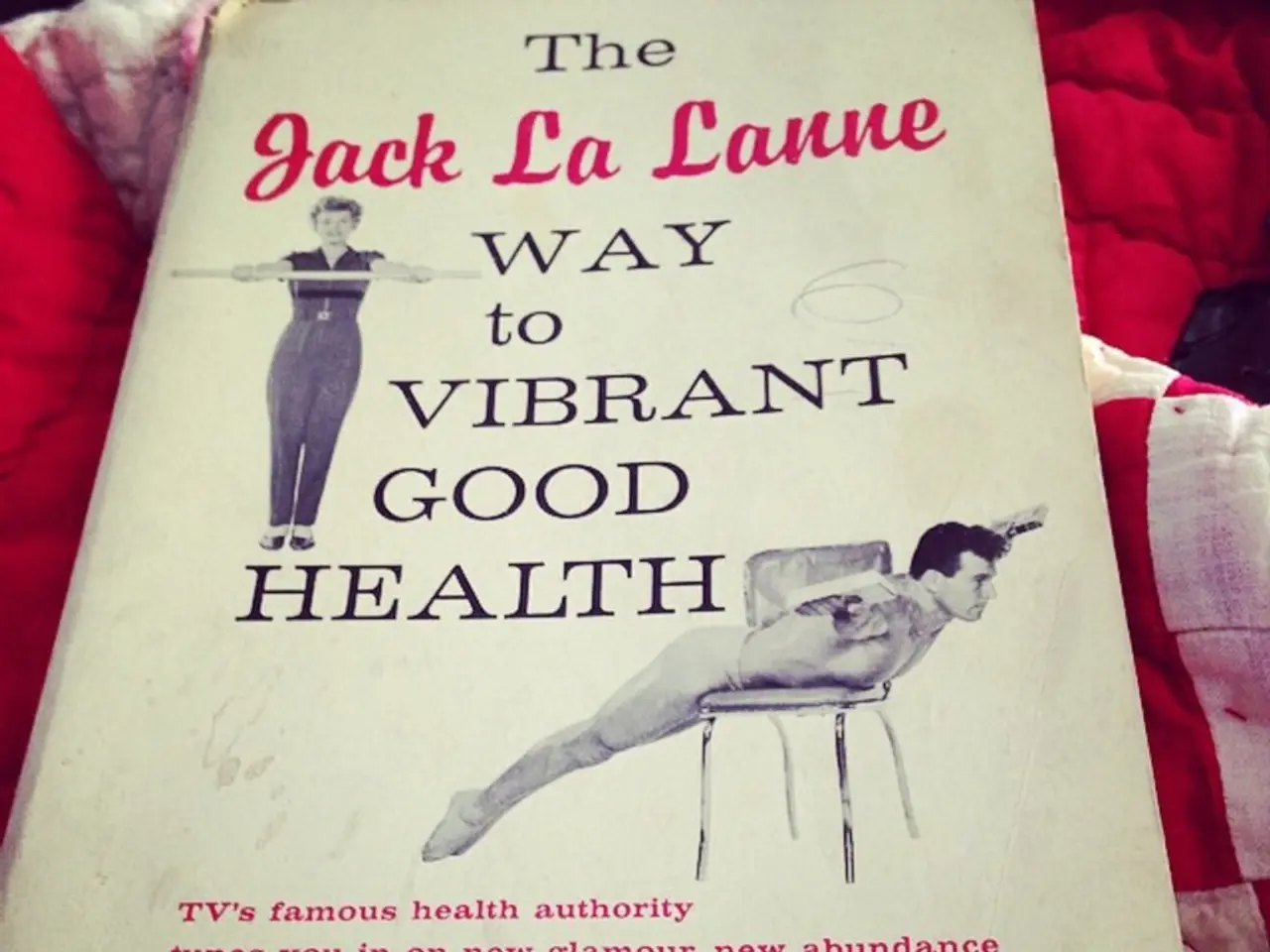Inhaler Rescues: Varieties, Purposes, and Potential Risks
In the management of asthma and Chronic Obstructive Pulmonary Disease (COPD), rescue inhalers play a crucial role. These devices deliver medication that helps alleviate symptoms such as wheezing, shortness of breath, and chest tightness. The primary medication in rescue inhalers is bronchodilators, which fall into three main categories: beta-2 adrenergic agonists, anticholinergics, and theophylline.
### Types and Uses
Beta-2 adrenergic agonists, commonly known as short-acting beta-agonists (SABAs), are the most common bronchodilators in rescue inhalers. Examples include Albuterol (Ventolin HFA, ProAir HFA) and Levalbuterol. These medications provide quick relief by relaxing airway muscles during asthma attacks, COPD exacerbations, or exercise-induced bronchospasm.
Anticholinergic bronchodilators, such as Ipratropium bromide, block parasympathetic nerve signals, preventing airway constriction. They are primarily used in COPD management and sometimes in asthma, as they do not cause tolerance and do not worsen ventilation-perfusion mismatch.
Theophylline is less commonly used for rescue purposes; it is more often used as a second- or third-line long-term treatment. Due to its narrow therapeutic range and potential serious side effects, it requires careful monitoring.
### Uses of Rescue Inhalers with Bronchodilators
Rescue inhalers are essential for providing immediate relief during asthma attacks or COPD flare-ups. They relieve sudden shortness of breath, wheezing, chest tightness, and coughing. They are also useful when symptoms worsen or during physical exertion causing bronchospasm. However, they are not intended for daily, long-term symptom control but for emergency or acute symptom relief.
### Side Effects
Beta-2 adrenergic agonists, such as Albuterol, may cause increased heart rate, nervousness or shaking, headaches, dizziness, and dry mouth or throat irritation. Anticholinergics, like Ipratropium, commonly cause dry mouth, cough, throat irritation, pupil dilation, and flu-like symptoms. Theophylline, if used, requires careful monitoring due to risks of toxicity, which can cause nausea, vomiting, arrhythmias, and seizures.
### In Conclusion
Rescue inhalers are vital tools for managing asthma and COPD symptoms. They provide immediate relief during attacks, allowing a person to breathe normally again within 15 to 20 minutes. Frequent use of rescue inhalers may signal poorly controlled disease and requires medical review. It is essential to keep a rescue inhaler close by at all times and to contact emergency services if symptoms persist following its use. Additionally, rescue inhalers can be used before a workout to prevent an asthma attack.
Seekers of medical-condition solutions, particularly asthma and COPD management, should be aware of the various bronchodilators found in rescue inhalers. Personas dealing with respiratory-conditions such as asthma attacks, COPD exacerbations, or exercise-induced bronchospasm find relief from short-acting beta-agonists (SABAs) like Albuterol or Levalbuterol. Moreover, therapies-and-treatments focused on COPD management may benefit from anticholinergic bronchodilators such as Ipratropium bromide. However, it's crucial to note that scientists have identified eosinophilic inflammation in the airways of some asthma patients, and switchers from SABAs to biologic therapies may experience better symptom control in some cases. Mental-health is equally important, for individuals dealing with these health-and-wellness issues often encounter stress and anxiety. Therefore, it's essential to seek the help and advice of medical professionals when managing these medical-conditions and the treatments available.




